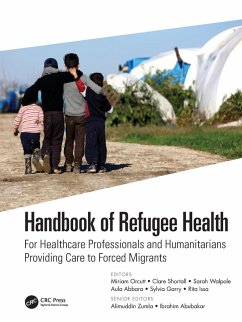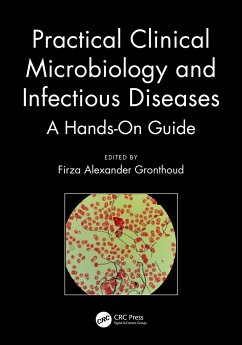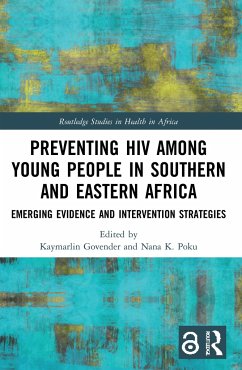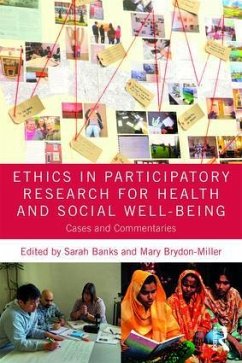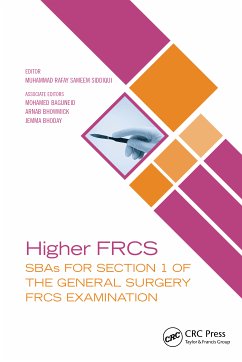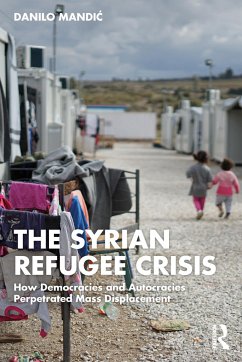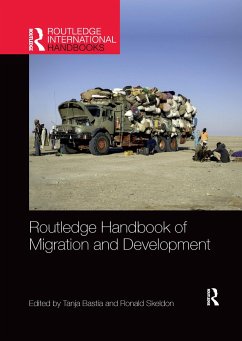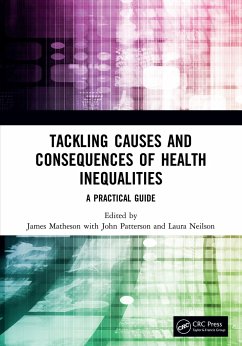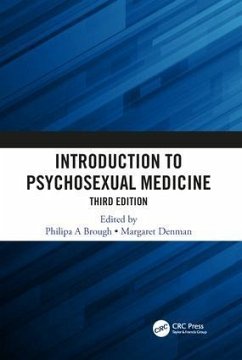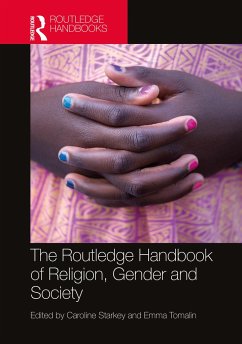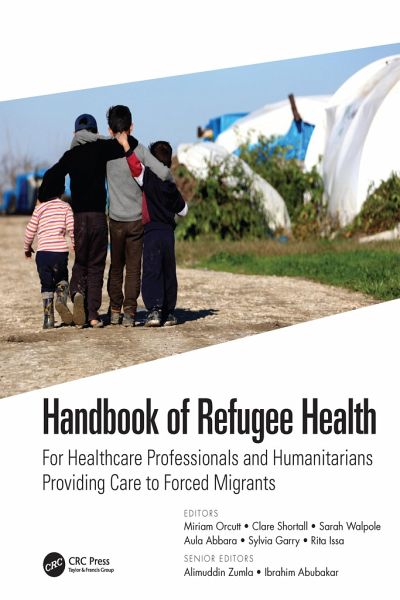
Handbook of Refugee Health
For Healthcare Professionals and Humanitarians Providing Care to Forced Migrants
Herausgegeben: Orcutt, Miriam; Shortall, Clare; Walpole, Sarah; Abbara, Aula; Garry, Sylvia; Issa, Rita; Zumla, Alimuddin; Abubakar, Ibrahim
Versandkostenfrei!
Versandfertig in 6-10 Tagen
187,99 €
inkl. MwSt.
Weitere Ausgaben:

PAYBACK Punkte
94 °P sammeln!
This book helps to recognize the rights of refugees and provides a framework to identify and approach health needs, from basic elements like service mapping and initial interventions to more complex elements of ongoing healthcare and support and broader topics such as migration public health, migration policy and health systems. Beyond biomedical frameworks, it draws on socio-ecological models to inform assessments and integrated models of care to improve health and health equity. Set out in three comprehensive sections: public health theory (Part 1), applied public health (Part 2), and clinic...
This book helps to recognize the rights of refugees and provides a framework to identify and approach health needs, from basic elements like service mapping and initial interventions to more complex elements of ongoing healthcare and support and broader topics such as migration public health, migration policy and health systems. Beyond biomedical frameworks, it draws on socio-ecological models to inform assessments and integrated models of care to improve health and health equity. Set out in three comprehensive sections: public health theory (Part 1), applied public health (Part 2), and clinical approaches (Part 3), this book draws on multiple disciplines and insights from humanitarians, academics, policy experts, and clinicians from diverse contexts, with expertise in forced migration, to create an accessible reference tool to inform healthcare professionals' interactions with forcibly displaced individuals and populations in all contexts for both high and low resource countries. Apart from providing information across the spectrum of health issues, clinical specialties and global contexts, it discusses associated areas, including human rights and law, public health, medical anthropology and cultural awareness.
Key Features:
Bridges the gap between existing academic literature on refugee health and guidelines for health management in humanitarian emergencies
Helps to develop an integrated approach to healthcare provision, allowing healthcare professionals and humanitarians to adapt their specialist knowledge for use in forced migration contexts and with refugees.
Recognizes the complex and interconnected needs in displacement scenarios and identifies holistic and systems-based approaches.
Covers public health theory, applied public health and clinical aspects of forced migration.
Key Features:
Bridges the gap between existing academic literature on refugee health and guidelines for health management in humanitarian emergencies
Helps to develop an integrated approach to healthcare provision, allowing healthcare professionals and humanitarians to adapt their specialist knowledge for use in forced migration contexts and with refugees.
Recognizes the complex and interconnected needs in displacement scenarios and identifies holistic and systems-based approaches.
Covers public health theory, applied public health and clinical aspects of forced migration.





